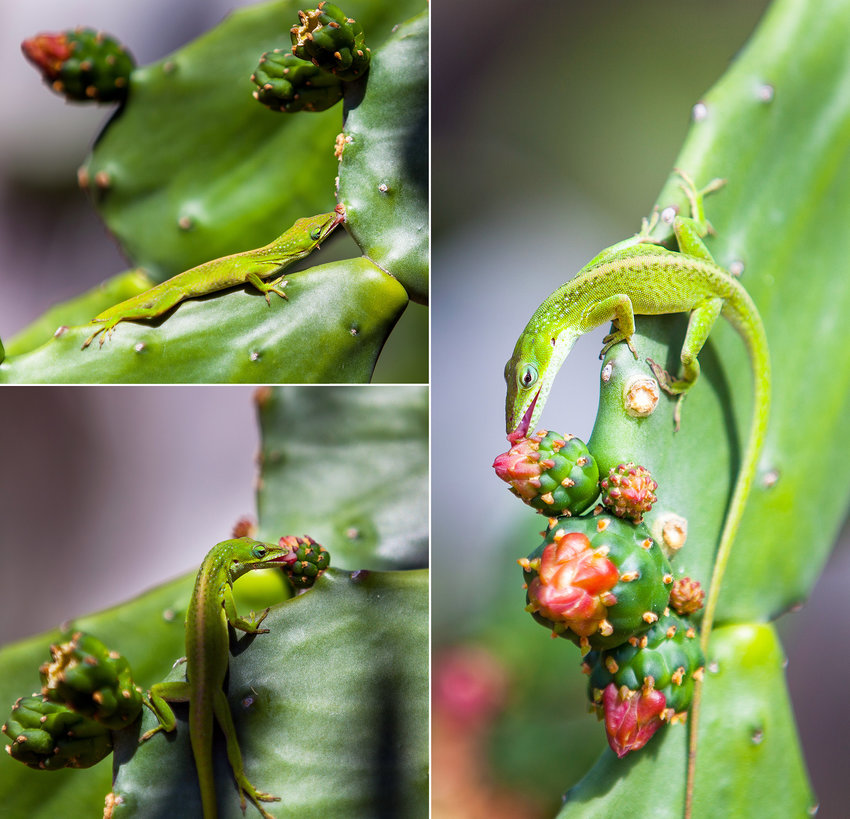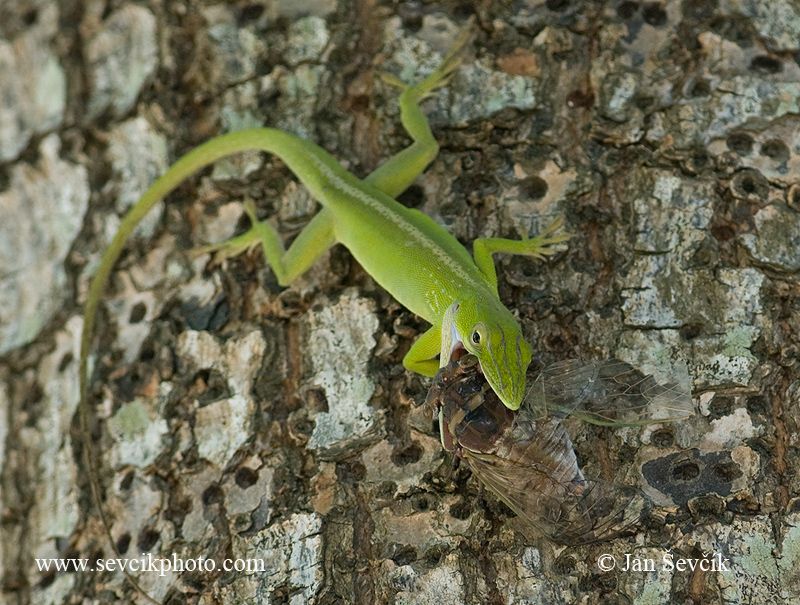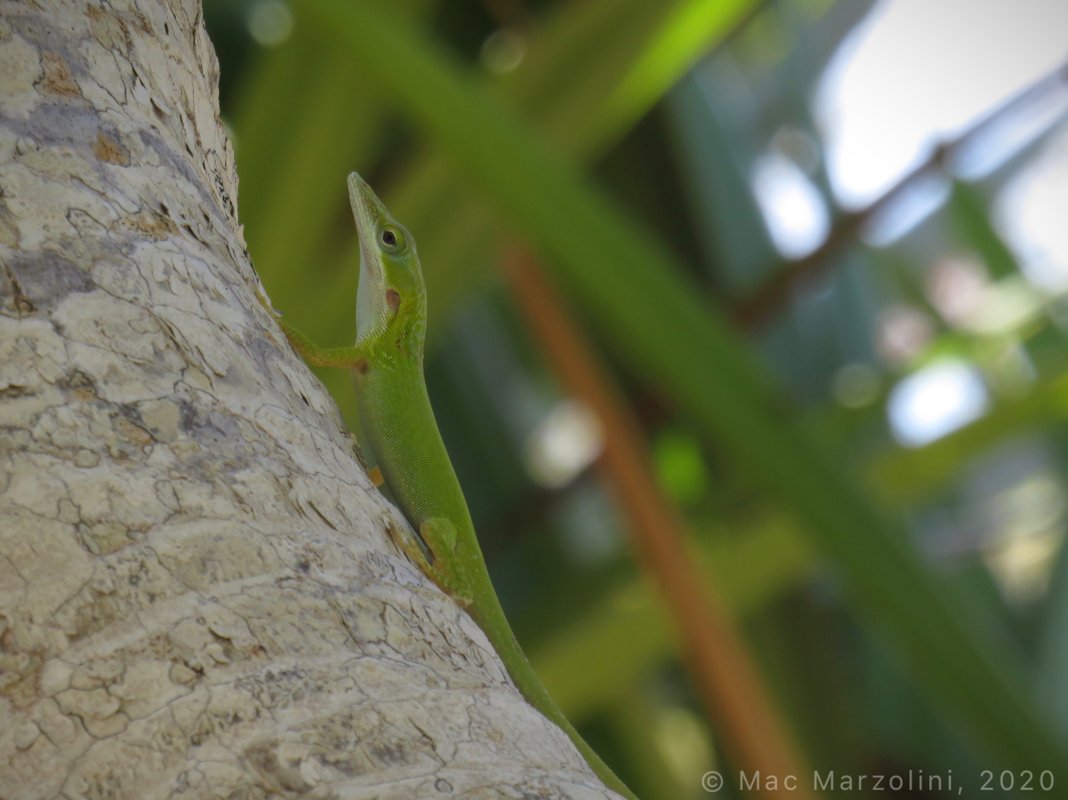Hey!
I’m taking a break for two weeks, but instead of leaving you without a post for two weeks in a row, here’s Anolis porcatus which I mentioned I had tweeted about the week before my first post!
Anolis porcatus is the Cuban Green anole. A trunk-crown anole with a dewlap ranging in colour from reddish to pink. Like it’s name says, it’s from Cuba but it has now been introduced to Florida, Brazil and Hispanola. And one was found in the… Canary Islands?? I’m jealous. That sounds like a great vacation.
As you’ve seen from pictures, Anolis carolinensis and A. porcatus look extremely similar (for obvious reasons now haha).
Well that’s because, they’re the same species. As discussed in the Anolis carolinensis post, the American Green anole is not a distinct species.
I’ve mentioned that I’ve been going though the proposed series of anoles called the carolinensis series. They’re all trunk-crown anoles and look very similar, even identical like the American Green and Cuban Green. Some of the members are found in Cuba & that’s where their common ancestor is thought to originate.
The idea was that Anolis porcatus made its way to America a very long time ago and then, due to speciation, along came A. carolinenis. But because the two can interbreed, that means there’s no reproductive isolation, doesn’t it? That’s not all, but you can read about it from Dr. Losos’ post and the paper itself!
I hope you all have a great week!! I’ll see you on September 3rd. Thank you so much for reading!

Photo by Jesús Reina Carvajal





